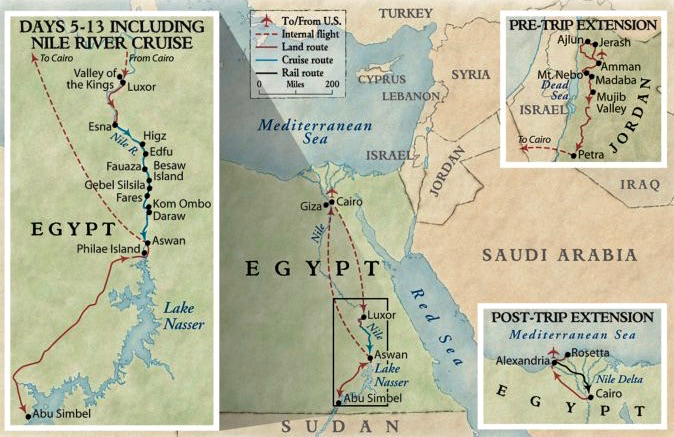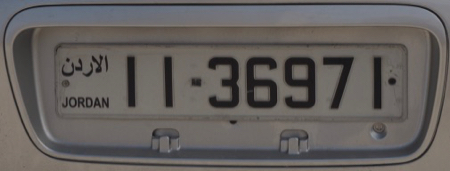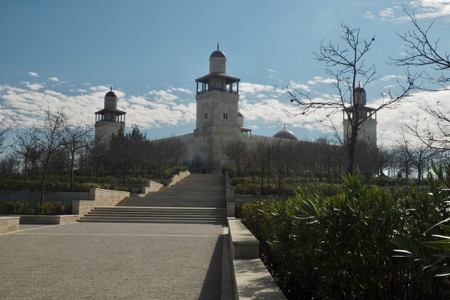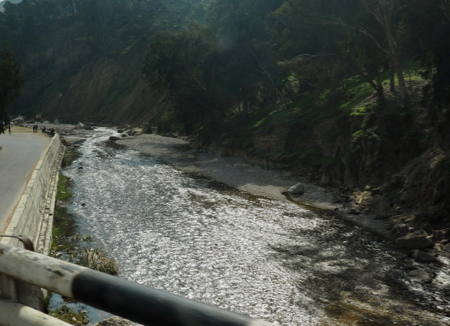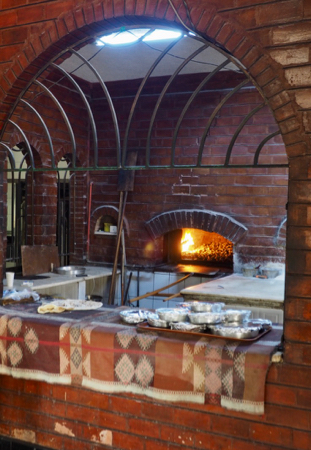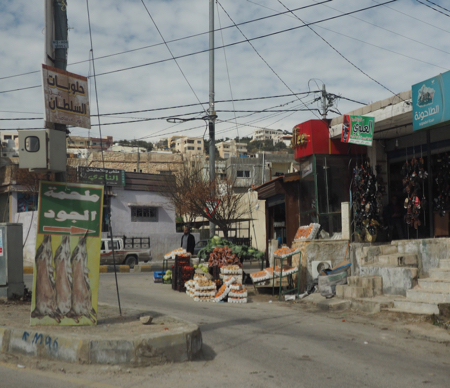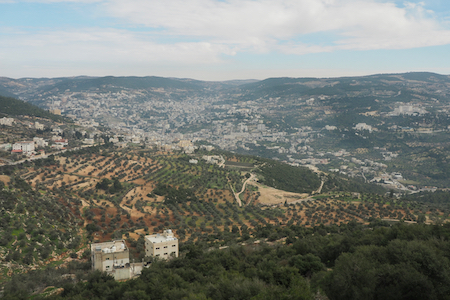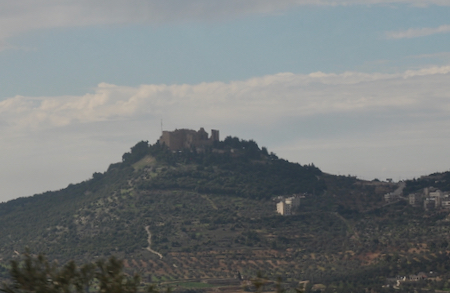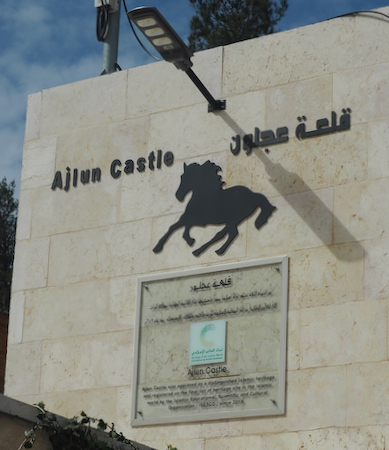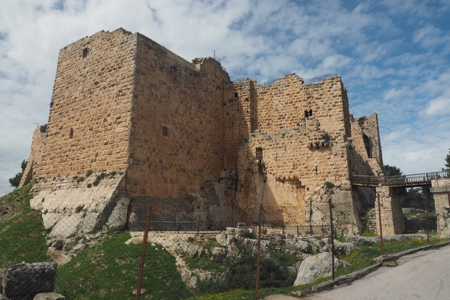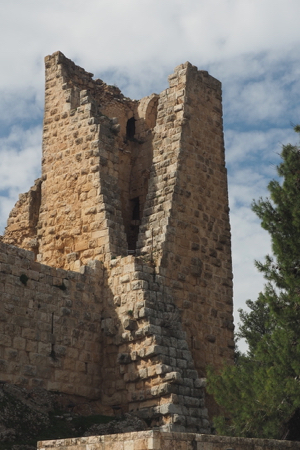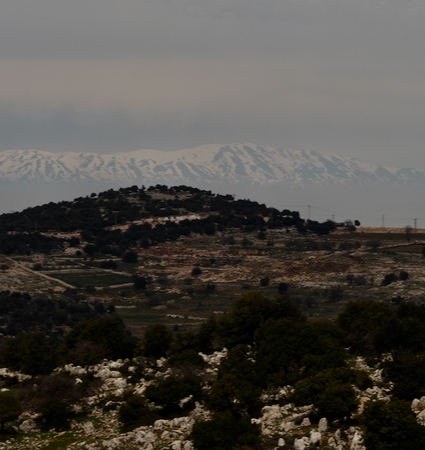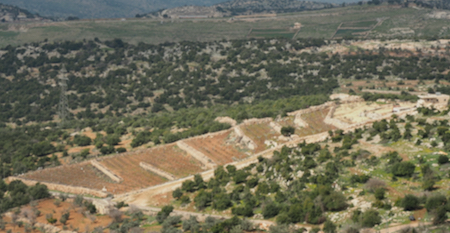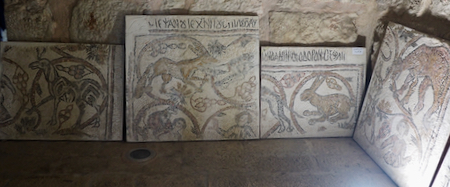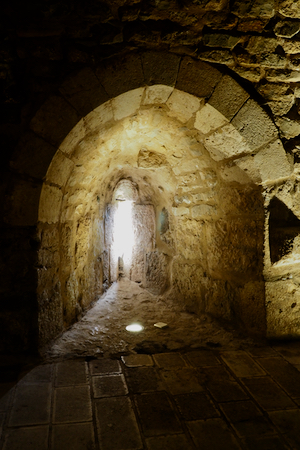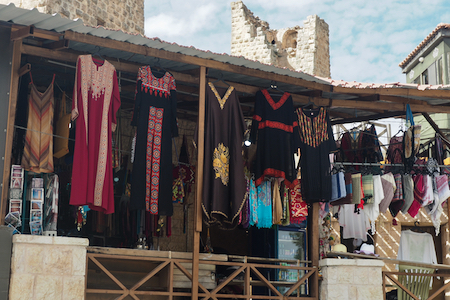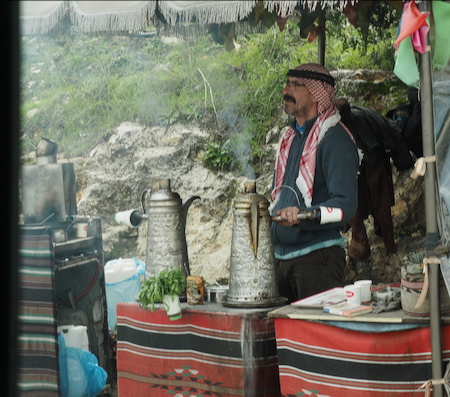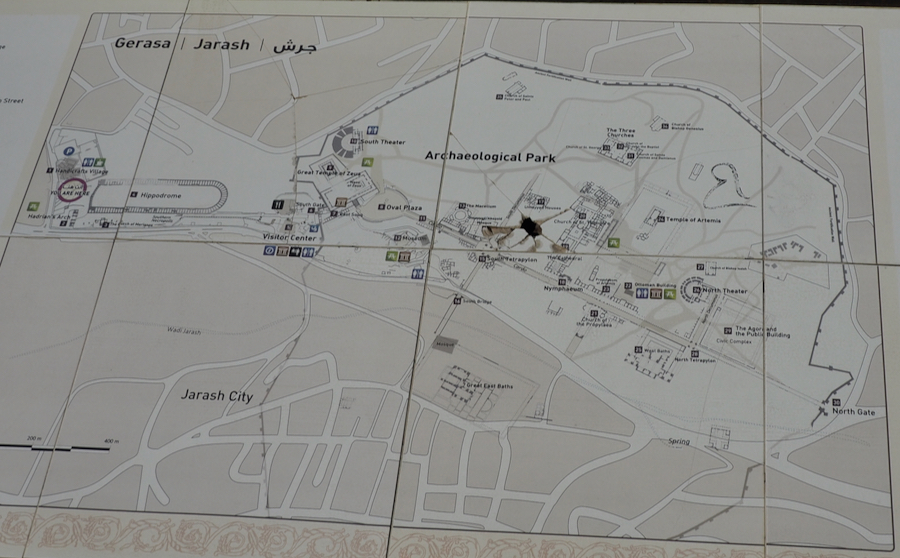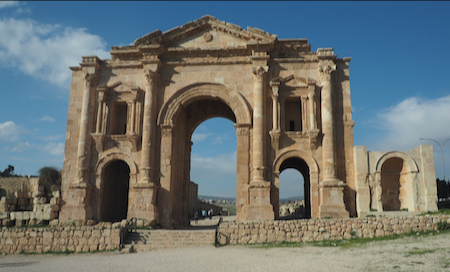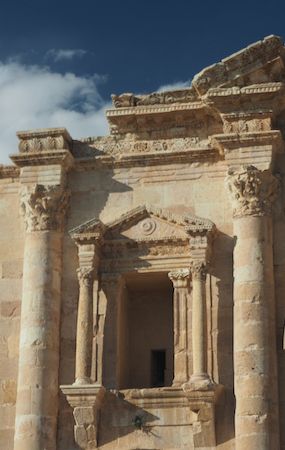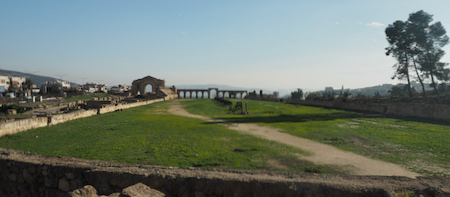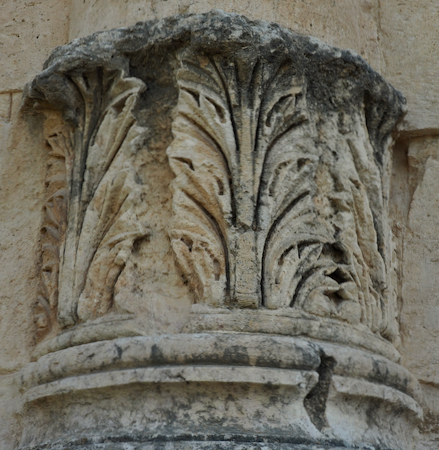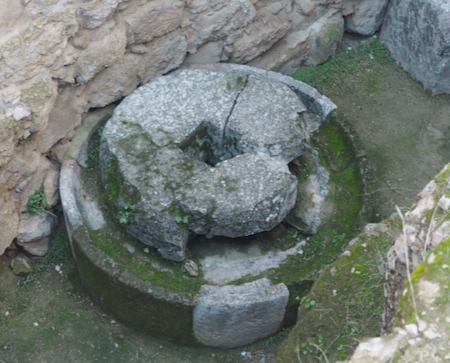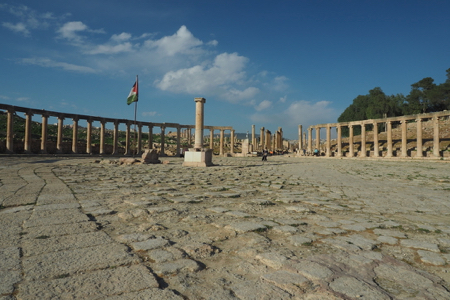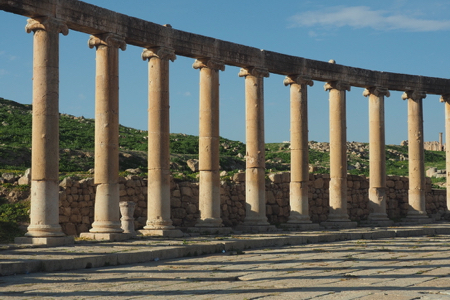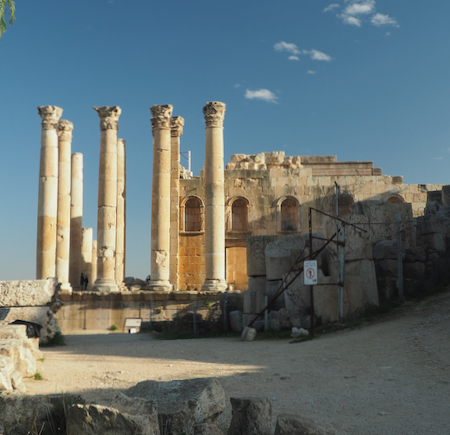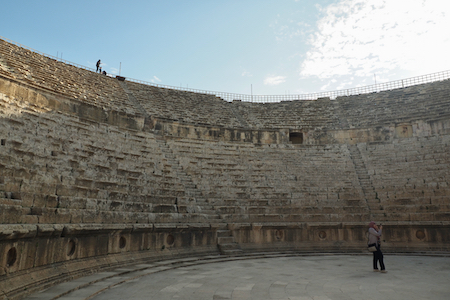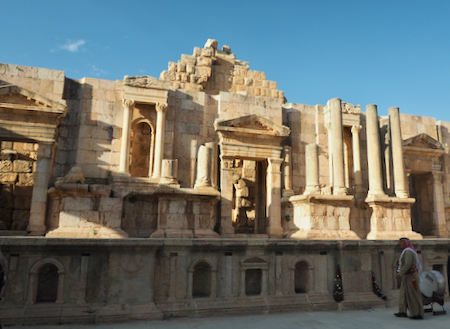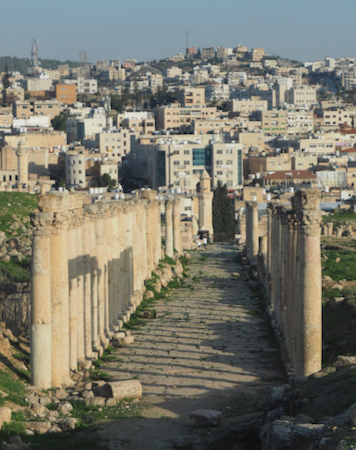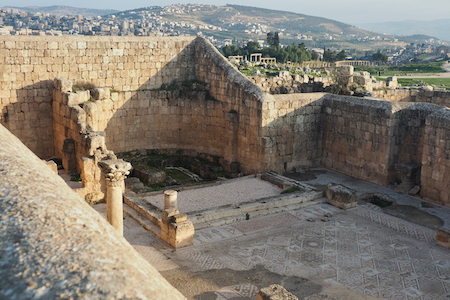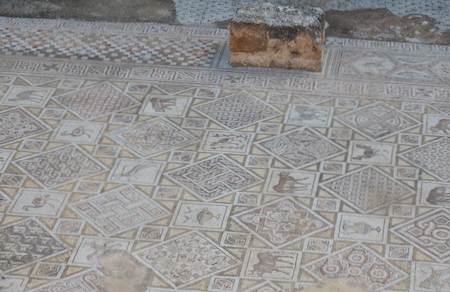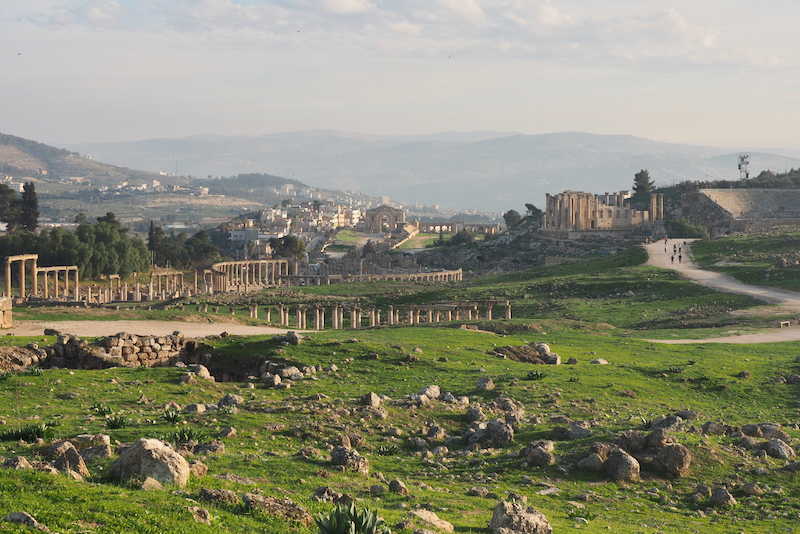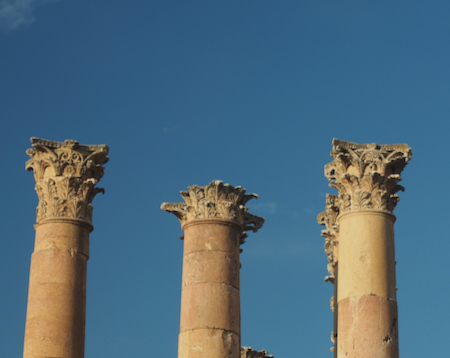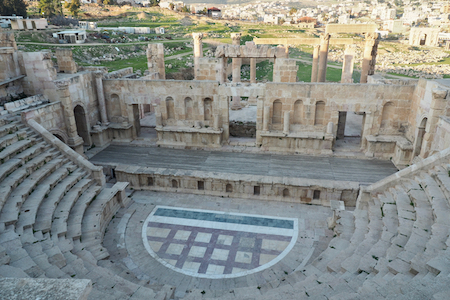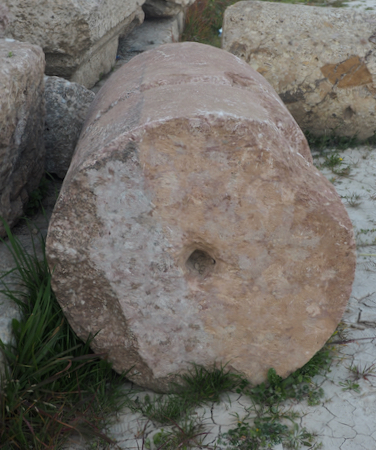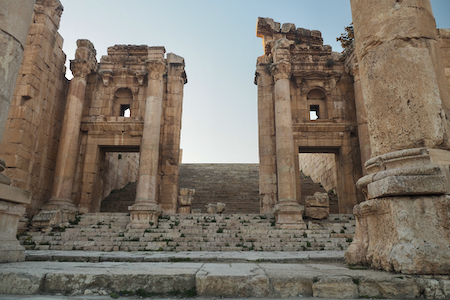OAT: Egypt and the Eternal Nile
February 19 - March 16, 2022
People throughout the world have long been captivated by things Egyptian. The first were the ancient Egyptians themselves. Among the first accounts of Egypt were those of the Greek historian Herodotus. He travelled to, and wrote about, Egypt in the 5th century BCE (around 454 BCE). Modern interest was spurred by Napoleon who, when he set off in 1798 on his Mediterranean campaign, took a very large number of scientists and scholars to “establish scientific enterprise in the region.” This activity led to the 1799 discovery of the Rosetta Stone, by a French officer. Abu Simbel was discovered in 1813, etc. The active interest in things Egyptian from that time forward is certainly underlined by the extent to which artifacts, both small and very large, have found their way into museums and private collections throughout the world.
What is it that attracts so many people to things Egyptian?
- Its Antiquity: Ancient Egypt spans a time frame of 2000 - 5000 years. The desert climate of Egypt has been a key factor in the preservation of the material remains from this lengthy period.
- The sheer Scale (especially when you are there): Monuments and statues rise 50-60 feet into the air; the pyramids are several hundred feet tall. The level of theoretical and practical knowledge, skill, and organization needed to accomplish these constructions indicates a highly sophisticated society.
- The Culture: Ancient Egyptian society has been described as the most theocratic in the ancient world. The gods and goddesses of Egypt (and there were nearly 1500 of them) were always present in the lives of both pharaohs and ordinary citizens. The pharaohs had themselves deified and regarded themselves as gods. Thus, myths and religion informed all aspects of life.
- The Art: We see the art of Ancient Egypt as beautiful, symmetric, colorful, and deeply symbolic. The art is so closely related to the religious beliefs of the people that it cannot be interpreted and completely understood without an extensive understanding of the religion and the symbolism employed by the artists.
Learning about and understanding Ancient Egypt is not a task for the faint of heart. Untangling the relationships among religion, culture, and art is complicated by the number of gods, goddesses, and rulers (kings/pharaohs); the many, many different spellings of all names and places; the numerous symbols used to represent each god or pharaoh; etc. I had hoped to be able to caption my many photos with accurate information about the subject(s). That has turned out to be nearly impossible, for which I apologize profusely. Hopefully, the photos will whet your appetite to learn more about Ancient Egypt and, if you have not yet done so, to find a way to visit Egypt in person or, at the very least, visit one of the many excellent exhibits devoted to Ancient Egypt which are to be found in many museums.
A few links you might be interested in viewing: A List of Egyptian Dieties; Ancient Egyptian Symbols; History of Archeology in Egypt.
This trip was undertaken after at least two others were cancelled. We were ready to go somewhere, after two years of just sitting around, and OAT seemed eager to populate the Egypt trips. Although we had been to Egypt in 2011, we missed seeing several things because we were there when the Arab Spring problems began in Cairo. So, we signed up!
After a little bit of a "rocky" start, it was a great trip. Petra was close to the top of the "bucket" list and Egypt, with its monumental sights (and sites) and long history (over 5,000 years), is endlessly fascinating. Our Egyptian Travel Experience Leader, OAT's often changing term, was the best we have had on any of our many OAT adventures.
February 19 - 21 |
|
February 22 |
|
February 23 |
Mount Nebo; Queen Noor Foundation; Madaba: St. George Orthodox Church; Shobak Castle |
February 24 |
Petra: the Siq; Al Khazneh - the Treasury; En-Nejr Theatre; Urn Tomb |
February 25 |
|
February 26 |
|
February 27 |
Giza: The new Grand Egyptian Museum: the Pyramids; the Sphinx |
February 28 |
Fly to Aswan; Temple of Philae |
March 1 |
Aswan: Monastery of St. Simeon |
March 2 |
|
March 3 |
|
March 4 |
Aboard the Amunet on the Nile: Village of Daraw-Livestock Dealer; Local Market; Temple of Kom Ombo; Fares Island; Gale's Birthday |
March 5 |
Aboard the Amunet on the Nile: Gebel Silsila; Bewaw Island; Raising the Sails |
March 6 |
Aboard the Amunet on the Nile: Edfu |
March 7 |
Aboard the Amunet on the Nile: El-Higz; Esna: Temple of Khnum; Al-Qisariyya Market; To Luxor |
March 8 |
Disembark the Amunet; Temple of Karnak; Temple of Luxor |
March 9 |
|
March 10 |
Fly to Cairo; Hanging Church; National Museum of Egyptian Civilization |
March 11 |
|
March 12 |
|
March 13 |
|
March 14 |
|
March 15 |
|
March 16 |
|
Sat. & Sun., 2/19 & 20/2022 - Tucson to Amman, Jordan
As we confirmed our flights on British Air (BA) to Amman (AMM), Jordan (at 10:30 Saturday morning), we learned that our flight from Tucson to Phoenix (PHX) was rescheduled from 5:40 to 4:18 - not what our travel documents had listed and we received no notice of the change. So we rushed around and left home in plenty of time for that flight. Next we discovered that BA had cancelled the flight from London (LHR) to AMM - likewise, no notification. American Airlines (our carrier to Phoenix) would not give us any boarding passes until we contacted BA to be rescheduled from LHR to AMM. An hour on “hold” later, we were re-booked to a Royal Jordanian (RJ) flight from LHR to AMM leaving Heathrow at 4:05 pm. Somehow, Gale was left off that booking, but that got straightened out along the way.
If all this wasn’t enough, the incoming BA flight from LHR to PHX was 2 1/2 hours late and therefore we were so late getting into LHR on Sunday afternoon that we missed the 4:05 to AMM. So…in London we joined the hundreds of people in line at the BA “connecting flights” re-booking counters. London had been really stormy and very windy for 4 days which caused hundreds of flights to be cancelled. Several BA personnel helped us (perhaps because of my limping with a cane) and after two hours we had boarding passes on the BA flight to AMM on Monday (2/21) at 3 PM, a voucher for a hotel and meals, and 2 wheel chairs to take us to the shuttle buses to get us to the Premier Hotel at Terminal 4 Heathrow for the overnight delay.
Mon., 2/21/22 - London to Amman, Jordan
Next day we went off to Heathrow for our 3 pm flight to AMM - only a day late. That would have been manageable, but when we landed in AMM at 10:30 pm, we found our luggage
had not accompanied us. It is fortunate that we always travel with at least a change of clothes in the carry-on. This time, however, we were without the luggage for the whole time in Jordan - it reappeared on Friday morning when we went to the airport to fly to Cairo.
Trip Map
Left inset shows places visited along the Nile; Right insets show pre- and post-trip extensions
|
|
Flag of Jordan
|
Jordanian license plate |
Tues., 2/22/22/ - Jordan
|
King Hussein Mosque
|
Zarqa River, often called the River Jabbok |
Bread oven at our "comfort" stop
|
Corner market
|
View of the town of Jerash |
Ajlun Castle from a distance |
|
Finally, we arrived at the Muslim Ajlun Castle that was built in the 12th century and was used to protect against the Crusaders and Bedouin tribes. The fort/castle is built on a hill from which, on a clear day, you can see into Syria and Israel. The fort was never attacked but earthquakes destroyed some of the walls. At one time Byzantine monks used it as a monastery. We looked out to the mountains that had snow on them and out at the Jordan Valley, Syria, Golan Heights, and toward the Dead Sea, and the Sea of Galilee - the haze was too thick to see most of this, but Khaled assured us they were there.
|
|
Model of the castle
|
Ajlun Castle |
Ajlun Castle
|
Snow-capped mountains to the NE |
Farmland below the Castle
|
Mosaics |
Portal in the wall to be used for defense - by archers, for example. Note the very thick walls.
|
Vendor outside the castle. This didn't tempt us to replace our wardrobe with local goods. |
Vendor selling tea outside Ajlun Castle
|
After a lunch of starters and chicken and other meat, we went to the Greco-Romans ruins at Jerash. After Alexander the Great conquered the area, the Greeks created a large city here. There were once 15 churches, three theaters, two baths, 1/2 mile of colonnaded main street with shops and a ducamagnus (or decumanus) (east-west) cross street. It was once a city of 25,000 people that was rediscovered in 1806 and has been excavated, mainly by the French. |
|
|
Map of the Greco-Romans ruins at Jerash - we entered (and exited) the site at the left end, in the area of the hippodrome and walked all the way to the North Tower and back.
|
|
Hadrian's Arch
|
Detail of the pediment of Hadrian's Arch |
Hadrian's Arch
|
Hippodrome |
South Gate |
Detail of one of the South Gate capitals
|
Olive oil press
|
Oval Plaza |
Oval Plaza
|
Oval Plaza
|
Ruins of the Temple of Zeus
|
South Theater |
South Theater
|
South Theater - inscriptions on the seats |
South Theater
|
City and Ruins |
South Decumanus colonnaded street
|
Church of Saints Cosmas and Damian with Mosaic floors |
Church of Saints Cosmas and Damian with Mosaic floors
|
Church of Saints Cosmas and Damian with Mosaic floors
|
Panorama of the ruins - looking back toward Hadrian's Arch
|
|
Capitals
|
North Theater |
Multi-purpose land use |
Holes were drilled in the centers of the sections of which the columns were constructed and a "pin" inserted to stabilize the column and prevent individual sections from shifting.
|
Entry to something |
Along the Cardo Maximus - main road
|
We had time for a quick cup of instant coffee in our room before heading out to our Home-Hosted dinner in town. The mother cooked meals for a kindergarten school and the daughter was an English/Arabic translator. Both spoke good English and the 8-month-old boy provided the entertainment. More chicken and rice and starter salads for dinner.
Luggage might arrive in Amman on Wednesday on the 10 PM flight, or NOT.
| Return to Top | Return to Itinerary | Return to Trips page to view other trips | Return to Dreamcatcher Home Page |
